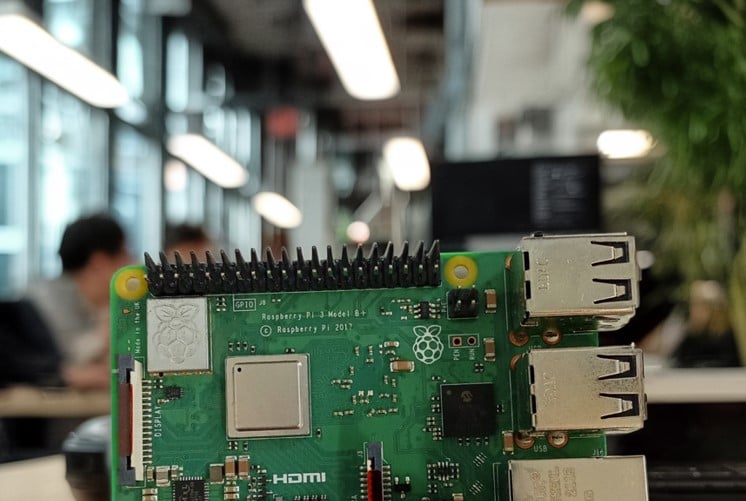Driven by Curiosity. Built on Expertise.
Build smarter. Scale faster.
Whether you’re prototyping or rolling out globally, we’re ready to support your next Raspberry Pi or AI project.

PRODUCTS
Tested Hardware. Fast Delivery. Expert Support.
Whether you're experimenting or building industrial systems, we offer the parts you actually need.

SERVICES
Practical Solutions & Technical Expertise.
We help turn ideas into working systems, with a focus on clarity, compatibility, and long-term reliability.
Custom-Optimized Hardware
AI-Powered Edge Solutions
Global Delivery & Support
Partner-Level Tech Expertise
TECHNOLOGY THAT FITS. SUPPORT THAT DELIVERS.
Let’s bring your project to life.
Need help choosing the right setup? Looking for integration support? We're here to advise, optimize, and supply.
Smart Hardware for Real-World Use.
Discover components that power advanced projects in AI, automation, and IoT.

ASUS Mini PC Series
Built to power modern workplaces, smart devices, and scalable industrial systems.

LetsTrust
LetsTrust TPM - an easy-to-use TPM solution for the Raspberry Pi single board computer platform.

Uptime Industries Compute Blades
Flexible, compact servers designed for modern infrastructure needs — perfect for labs, edge computing, and scalable projects.
Smarter Pi Management. All in One Place.
No scripts, no guesswork. Sorapoint makes managing your devices fast, visual, and efficient.

Explore this Innovative Raspberry Pi Web Interface
Fast, simple, and reliable remote control
for your Raspberry Pi fleet.
The Latest from Our Blog
From Raspberry Pi to Industry 4.0, explore insights on tech, IoT, business, and machine learning.
Let’s Find the Right Solution for You
Not sure about the next steps? We’re here to help.










